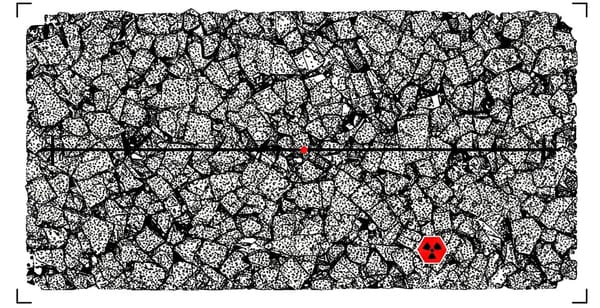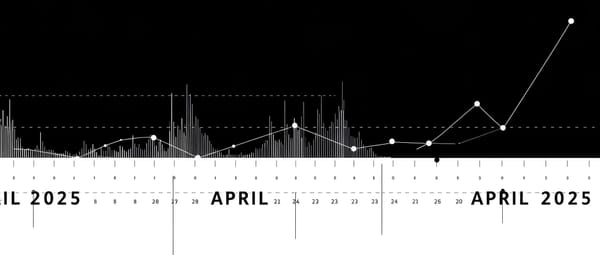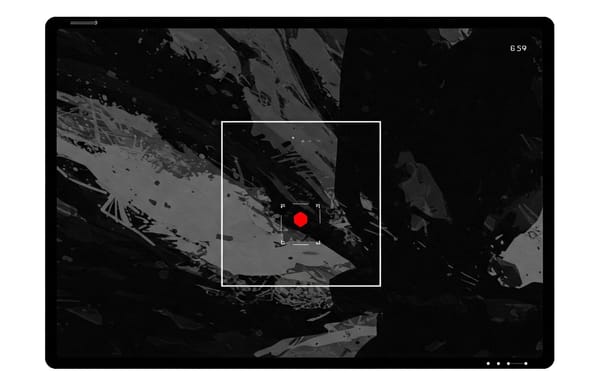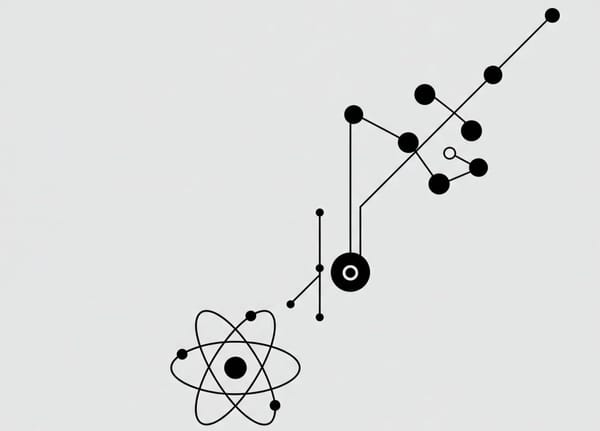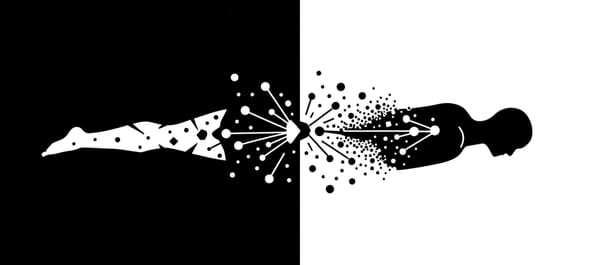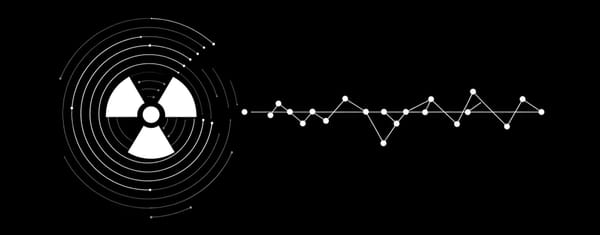
Radioactive Materials in Fires: Understanding Cobalt-60 & Cesium-137 Risks
What happens when materials that power our medical treatments and industrial processes, like Cobalt-60 (Co-60) and Cesium-137 (Cs-137), are caught in a fire? It’s a scenario with serious implications for public safety and our environment. These radioactive sources, vital in everything from cancer therapy to food irradiation, could accidentally

